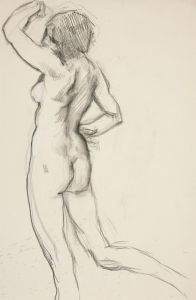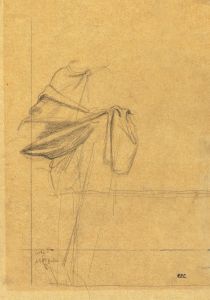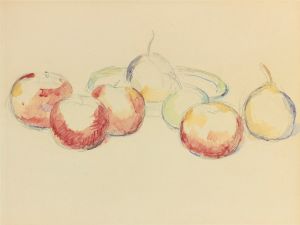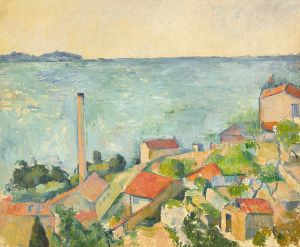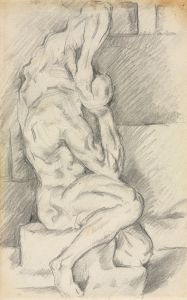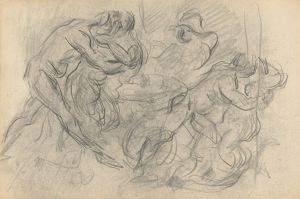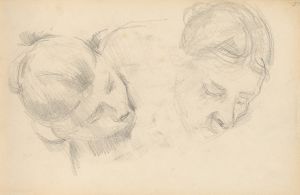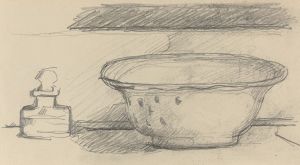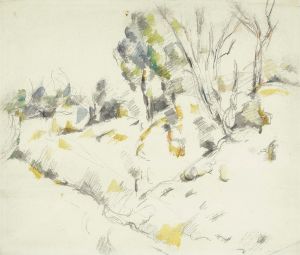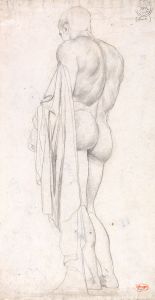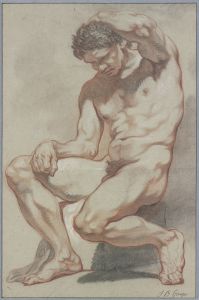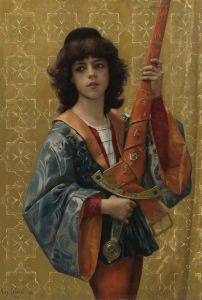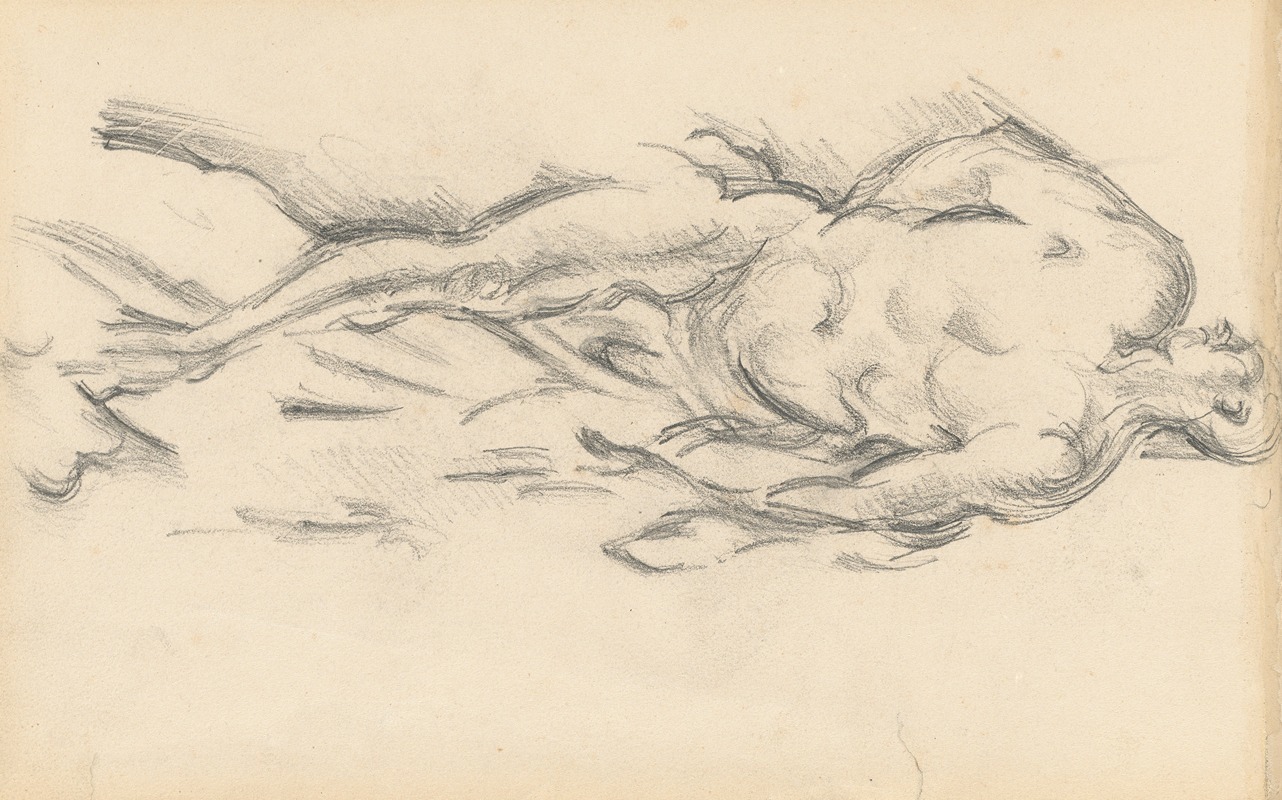
Study of Puget’s ‘Milo of Crotona’
A hand-painted replica of Paul Cézanne’s masterpiece Study of Puget’s ‘Milo of Crotona’, meticulously crafted by professional artists to capture the true essence of the original. Each piece is created with museum-quality canvas and rare mineral pigments, carefully painted by experienced artists with delicate brushstrokes and rich, layered colors to perfectly recreate the texture of the original artwork. Unlike machine-printed reproductions, this hand-painted version brings the painting to life, infused with the artist’s emotions and skill in every stroke. Whether for personal collection or home decoration, it instantly elevates the artistic atmosphere of any space.
Paul Cézanne's "Study of Puget’s ‘Milo of Crotona’" is a notable work that reflects the artist's engagement with classical themes and his unique approach to form and composition. This painting is a study of a sculpture by Pierre Puget, a prominent French Baroque sculptor, which depicts the legendary Greek athlete Milo of Crotona. Milo was a celebrated wrestler in ancient Greece, renowned for his extraordinary strength and numerous victories in the Olympic Games. The story of Milo's demise, being devoured by wolves after his hand became trapped in a tree, has been a popular subject in art and literature.
Cézanne's study of Puget’s sculpture is significant for several reasons. Firstly, it demonstrates Cézanne's interest in classical subjects, which was a common theme among artists of his time. However, unlike many of his contemporaries, Cézanne approached these subjects with a distinct style that would later influence the development of modern art. His study of "Milo of Crotona" is not merely a reproduction of Puget's work but an exploration of form and volume, which are central to Cézanne's artistic philosophy.
The painting showcases Cézanne's characteristic brushwork and his ability to convey solidity and mass through color and form. Instead of focusing on the dramatic narrative of Milo's story, Cézanne emphasizes the physicality and structure of the figure. This approach aligns with Cézanne's broader artistic goals, where he sought to depict the underlying geometry of nature and objects, moving away from the traditional emphasis on realism and detail.
Cézanne's study also reflects his interest in the interplay of light and shadow, which he used to enhance the three-dimensionality of the figure. The use of light in this study is not just to highlight the contours of the body but to create a sense of depth and volume, making the figure appear more lifelike and dynamic. This technique was part of Cézanne's innovative approach to painting, which laid the groundwork for the transition from 19th-century Impressionism to 20th-century Cubism.
Moreover, Cézanne's choice to study a work by Puget is indicative of his respect for the past masters and his desire to learn from them while simultaneously forging his own path. By engaging with classical themes and sculptures, Cézanne was able to experiment with form and composition, which were crucial to his development as an artist.
In summary, Paul Cézanne's "Study of Puget’s ‘Milo of Crotona’" is a testament to his innovative approach to art. It reflects his interest in classical themes, his exploration of form and volume, and his pioneering techniques in the use of color and light. This work is an example of how Cézanne bridged the gap between traditional art and modernism, influencing countless artists who followed in his footsteps. Through this study, Cézanne not only paid homage to the classical tradition but also redefined it, contributing significantly to the evolution of modern art.





